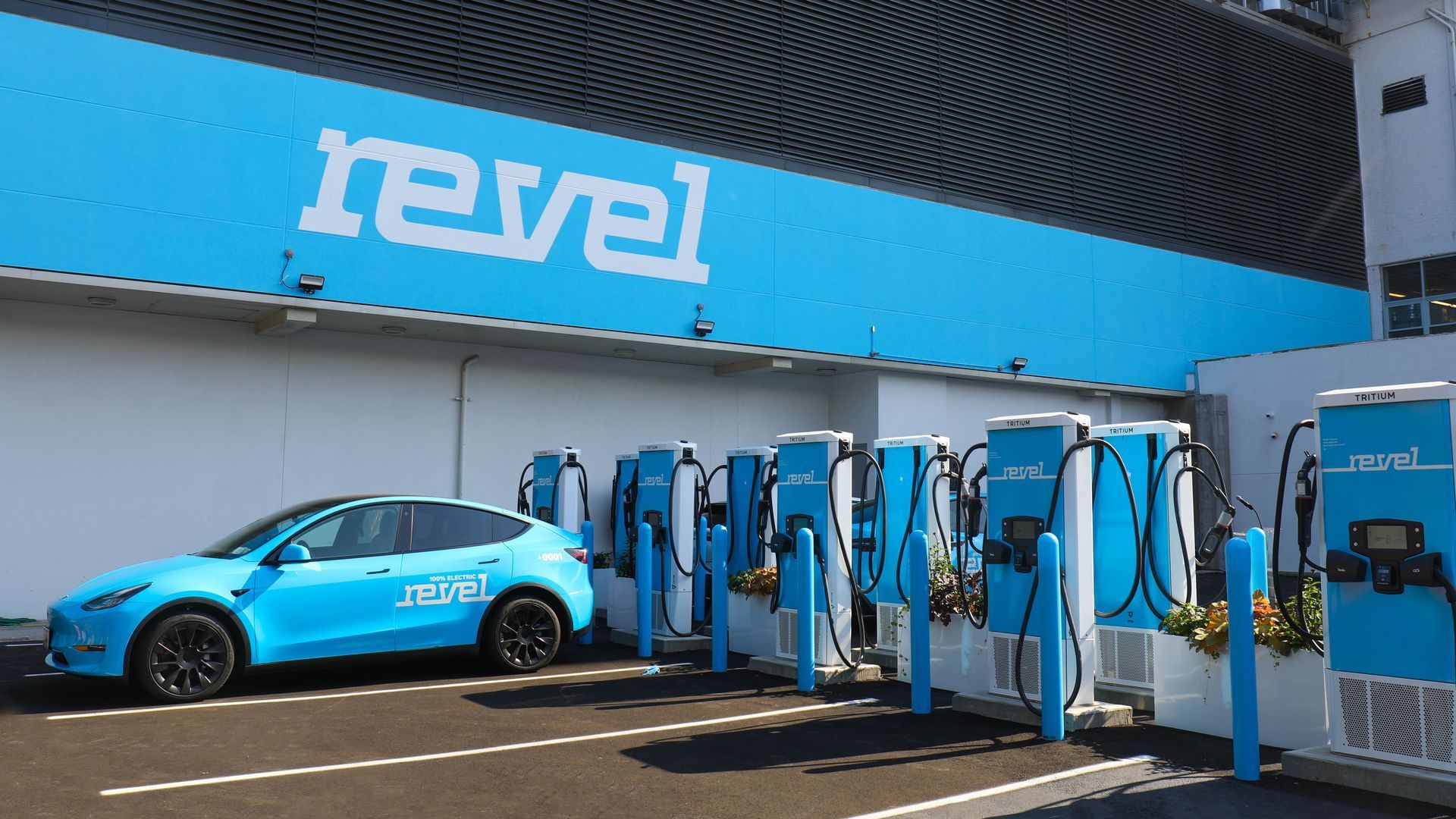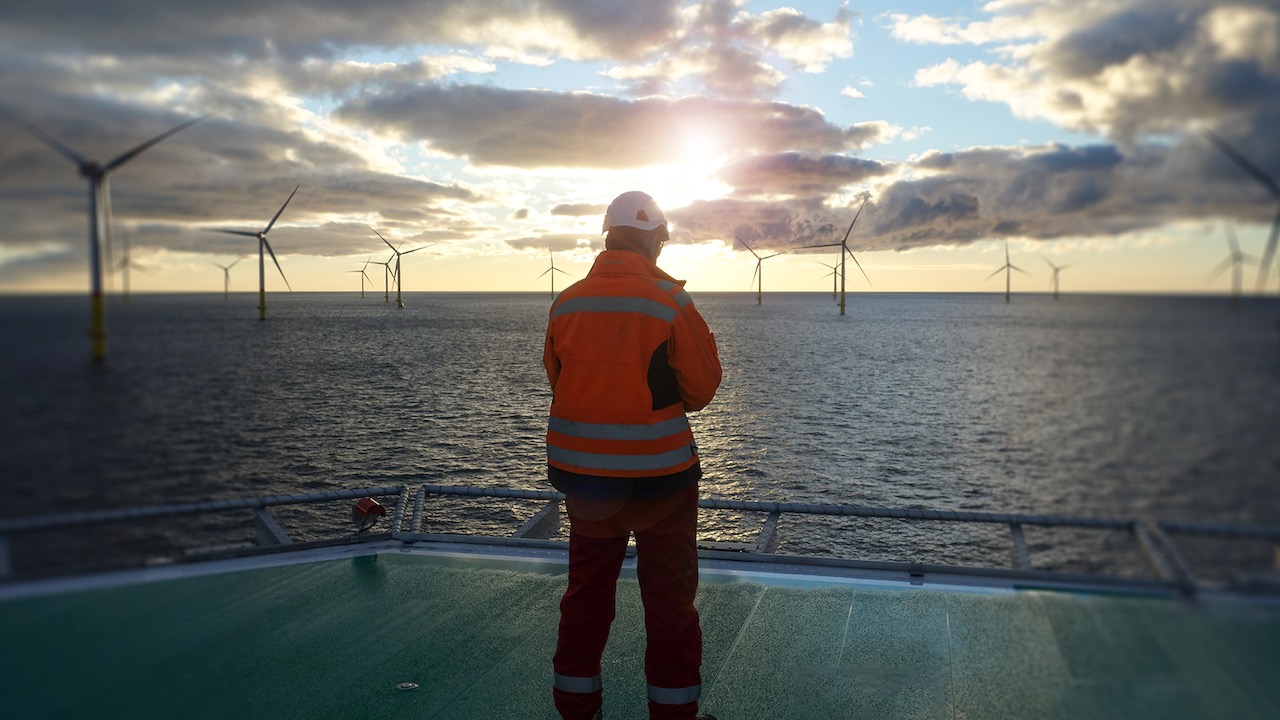| | | | | | | Presented By Fidelity Investments | | | | Axios Generate | | By Ben Geman and Andrew Freedman ·Aug 02, 2021 | | ☕ Good morning! Today's Smart Brevity count is 1,173 words, 4.5 minutes. 📊 Data point of the day: 2,702 pages. That's the length of the Senate's infrastructure plan unveiled last night. Item 2 explores the energy pieces. 💰 "Oil Search said on Monday it intended to recommend an improved buyout offer from Santos Ltd, worth A$8.4 billion ($6.2 billion), in a deal that would create a top-20 global oil and gas company," Reuters reports. 🎶 Public Enemy's Chuck D celebrated a birthday Sunday, so that pioneering act has today's intro tune... | | | | | | 1 big thing: The case for climate change realism |  | | | Illustration: Sarah Grillo/Axios | | | | It's getting harder to communicate the two essential realities of human-caused climate change: that our failure to slow and eventually stop it is contributing to devastating human suffering all over the world, and that it's not too late to act, Andrew writes. The big picture: Experts have long told climate communicators —including scientists, journalists and politicians — that disaster porn immobilizes people. You've got to give them a sense of hope and empowerment, the research shows. Yes, but: Climate news continues to be a steady, terrible drumbeat of doom. Be smart: And the doom, for now, is going to keep coming. - The United Nations Intergovernmental Panel on Climate Change is set to release an authoritative report on Aug. 9 that's expected to highlight the difficulty of meeting Paris Agreement goals.
- Expect scary headlines to accompany that report and a renewed push for action.
Between the lines: Optimism has a vital place in global warming discourse. But the fact is that we're still on course for at least 3°C (5.4°F) of warming compared to the preindustrial era, based on the latest emissions reduction pledges. - The planet has only warmed by about 1.2°C (2.16°F) since the preindustrial era, and even that has left us with a summer straight out of "The Day After Tomorrow."
My thought bubble: Being a climate reporter today is like being a chronicler of human-caused disasters, along with a bearer of grim policy news as leaders fail to stem the tide of ever-increasing greenhouse gas emissions. - My job is to inform, not inspire, and that means being blunt about the fact that climate change is ravaging the Earth right now.
- But too much doom risks leaving people with a sense of fatalism, obscuring the equally true and relevant fact that the damage does not have to keep worsening at this pace.
- The choices we make today will determine what the planet will be like in just a few decades.
Read more |     | | | | | | 2. Breaking down the Senate infrastructure plan | | Giphy It's finally here! Last night senators unveiled the actual text of the bipartisan infrastructure plan, Ben writes. The big picture: I won't come close to laying out all the climate and energy measures in the 2,702-page bill, but some key pieces include... - A wide array — to the tune of tens of billions of dollars — of initiatives to modernize power grids and build new transmission.
- $39 billion for public transit systems.
- Billions for various carbon capture and storage programs, such as $3.5 billion for regional hubs to demonstrate direct air capture.
- Over $5 billion for plugging and cleaning abandoned oil-and-gas wells.
- $8 billion for "regional clean hydrogen hubs."
- $6 billion for battery manufacturing, recycling and materials processing.
- Authorization of a new $6 billion program to keep nuclear plants running. (H/t Bloomberg)
Catch up fast: Politico's Zack Colman looks at climate resilience and research measures here. The intrigue: Bloomberg Law reports that the bill has language that "speeds up permitting for a broad range of projects, including mines, energy generation, and physical infrastructure." What's next: Now the Senate can begin a potentially dayslong amendment process before a final vote as early as this week, Axios' Alayna Treene reports. What we're watching: Democrats and green groups hope to see way more clean energy measures in the multitrillion-dollar, Democrats-only reconciliation plan they plan to move separately. |     | | | | | | 3. How rising gas prices could hurt climate action |  | | | Illustration: Shoshana Gordon/Axios | | | | Cutting oil production before we cut our demand for oil could undermine much of the progress that needs to be made on climate change, Axios outside contributor Amy Harder writes. Why it matters: If companies cut back on producing oil but consumers don't cut back on consuming it, demand will exceed supply and prices will shoot up. That's bad for our pocketbooks and risks the transition to cleaner energy. Driving the news: This appears to be the track we're on. Lurking in the shadows of the pandemic-induced roller coaster of oil prices we're on now is a deeper, systemic shift within the oil industry and its investors. - Wall Street is demanding that oil companies invest less in new oil discoveries and more in cleaner energy (and pay off debts).
- In response to that pressure and the collapse in oil prices in 2014, industry investments in new oil and gas resources have collapsed in recent years, according to Bob McNally, president of consulting firm Rapidan Energy Group.
Yes, but: Despite ambitious goals to reduce heat-trapping emissions, most countries have not passed laws that significantly reduce oil demand by targeting consumers through taxes or mandates. - Instead, most countries are pursuing less politically toxic options, like regulations that indirectly (and slowly and unevenly) reduce oil consumption.
- "If we curb supply but not demand, oil prices will spike well into the hundred-dollar range," said McNally. "Gasoline prices would follow. Such an oil price spike would harm the economy, the political careers of elected officials, and the energy transition."
Keep reading Editor's note: Amy Harder is VP of publishing at Breakthrough Energy. Previously full time at Axios, Amy's now an outside contributor. |     | | | | | | A message from Fidelity Investments | | There's opportunity in sustainability | | |  | | | | Companies that prioritize sustainability have the potential for strong growth and positive impact. Sustainable investing helps you align your investments to environmental, social or governance (ESG) factors. Explore Fidelity's expanded sustainable investing lineup to learn more. | | | | | | 4. Visualizing U.S. mileage ahead of Biden's plan |  Data: EPA; 2020 data is preliminary. Chart: Axios Visuals With the Biden's team reportedly on the cusp of floating new gas mileage rules, the chart above gives a sense of where things stand today, Ben writes. The big picture: Transportation is the country's largest source of carbon emissions, and better mileage from passenger cars and trucks is one tool for curbing them. Catch up fast: Obama-era rules required a fleetwide average of over 36 miles-per-gallon under real-world conditions by the mid-2020s, but Trump officials scaled them back. Go deeper: Biden plan would tighten mileage for new cars over the next four years (Washington Post) |     | | | | | | 5. New York's new electric ride-hailing service has a twist |  | | | Revel's fast-charging Superhub in Brooklyn. Photo: Revel | | | | Revel is launching a ride-hailing service in New York City today that sets itself apart from Uber and Lyft: every car is a Tesla, and all the drivers are employees, Axios' Joann Muller reports. Why it matters: Revel's business model will test whether EVs are up to the challenge of nonstop service and whether gig workers are the only way a ride-hailing service can expect to make money. - While Uber and Lyft say they intend to shift their networks to EVs, they've fought attempts by drivers to seek employee status — and the pay and benefits that come with it.
Driving the news: Revel will begin with 50 custom-painted Tesla Model Ys available for pickups and dropoffs below 42nd Street in Manhattan. - Unlike the traditional ride-sharing model, the cars will be owned and maintained by Revel, and they are licensed by the New York City Taxi and Limousine Commission.
Keep reading |     | | | | | | A message from Fidelity Investments | | How to find opportunities created by the green transition | | |  | | | | A $140 trillion investment in energy is projected over the next 30 years to fight climate change. The new Fidelity Climate Action Fund invests in the green transition by targeting companies that are removing, reducing or mitigating the effects of climate change. Learn more. | | |  | | It'll help you deliver employee communications more effectively. | | | | | | Axios thanks our partners for supporting our newsletters. If you're interested in advertising, learn more here.
Sponsorship has no influence on editorial content. Axios, 3100 Clarendon Blvd, Suite 1300, Arlington VA 22201 | | | You received this email because you signed up for newsletters from Axios.
Change your preferences or unsubscribe here. | | | Was this email forwarded to you?
Sign up now to get Axios in your inbox. | | | | Follow Axios on social media:    | | | | | |









No comments:
Post a Comment